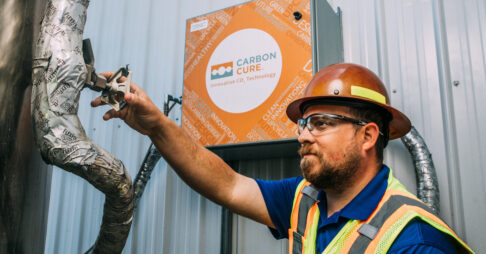Buying carbon dioxide (CO2) removal credits can feel a bit intangible. After all, it’s a colorless, odorless gas. You can see the climate devastation it’s causing, but you can’t see the CO2 itself—or its removal. So how do you know the carbon removal has really taken place and is accurate?
This uncertainty is the reason why so many in the voluntary carbon market are talking about MRV: the measurement, reporting and verification of CO2 removal. It’s also why carbon credit buyers are excited to discover carbon mineralization in concrete—a verifiable, highly measurable carbon removal technology that traces every molecule of CO2 from capture to storage.
Why Is MRV Important?
Experts agree that climate change is a big enough problem that we need to use all the tools on the table to drastically reduce and remove as much CO2 as possible as fast as we can. Considering the urgency and resource constraints, it’s important to invest in and scale pathways that are sure to deliver verifiable, quantifiable carbon removal now, not just someday down the road.
With carbon credit buyers increasingly concerned about the integrity of the CO2 they are buying, MRV provides a way to assess the validity of carbon removal credits to ensure they are real. Every carbon removal pathway will have a different quality of MRV based on the combination of each of these three key aspects:
- Measurement—The degree to which the CO2 removal can be accurately quantified and measured.
- Reporting—The ability to reliably provide accessible CO2 measurement data and information in a usable format.
- Verification—The independent scientific validation of the CO2 removal methodology and project—and the ability for independent third parties to audit the ongoing CO2 removal and reduction data for accuracy and completeness.
MRV can vary based not only on the carbon removal pathway itself, but also on the capabilities of the project developer. That’s why carbon removal credits generated from carbon mineralization in concrete are such an attractive option for buyers who want certainty. And it’s why CarbonCure Technologies is leading the way.
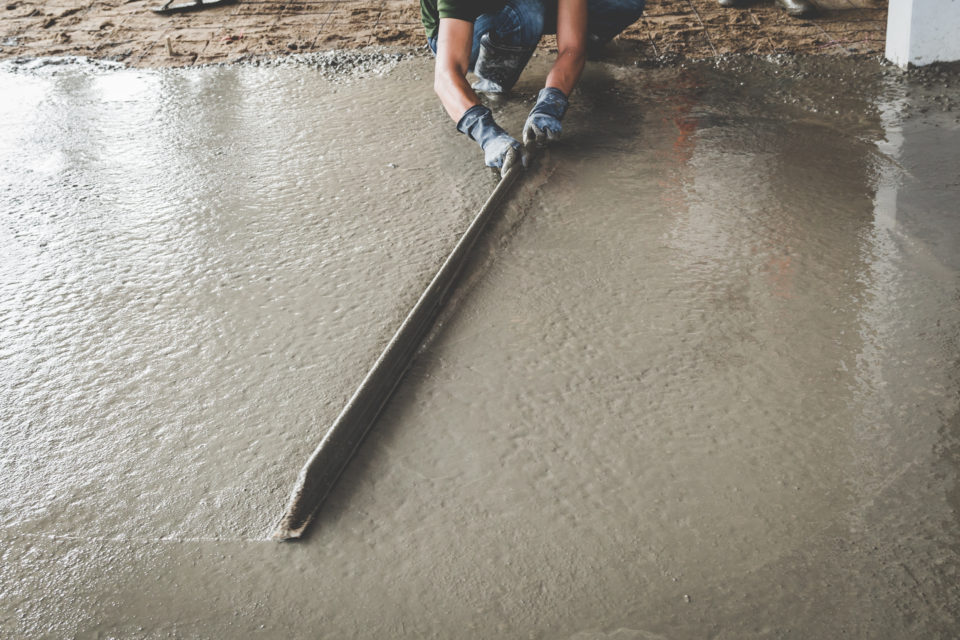
How Carbon Mineralization in Concrete Works
At CarbonCure, we’ve developed an engineered carbon mineralization technology to produce lower carbon concrete. CarbonCure injects captured CO2 into concrete while it’s being mixed. The CO2 reacts with cement to form a solid mineral, calcium carbonate (CaCO3), eliminating the CO2 and maintaining its baseline strength. Captured CO2 can also be injected into concrete wastewater and end of service concrete mixed with cement particles, reducing waste by turning them back into usable mix materials. Once CO2 is converted into this highly stable carbonate form, it cannot escape back into the atmosphere and is stable for thousands of years. The strength provided by the mineral enables concrete producers to reduce the amount of cement they use, further lowering the carbon footprint of concrete production.
Did you know?
Cement, a key ingredient in concrete, is currently responsible for 7% of global CO2 emissions.
What’s unique about our carbon removal pathway is the combination of permanence and best-in-class MRV in an industry-proven product.
“It’s nearly impossible to find credits in the market with this level of permanence and verifiability at the quantities CarbonCure has available right now,” says Stacy Kauk, Head of Sustainability at Shopify, which purchases CarbonCure carbon credits to help offset its carbon footprint and provide emissions-neutral shipping for its merchants during the Black Friday/Cyber Monday shopping weekend.
A closer look at our systems and processes provides insight into why we score well on MRV.
CarbonCure’s Precision Measurement
- Our engineered solution does not rely on theoretical modeling, but generates real-world data and includes a comprehensive life-cycle analysis.
- Our technologies inject exact volumes of captured CO2 in the concrete production processes.
- Sensors and telemetry installed on all our hardware transmit CO2 injection data to our database via a dedicated cellular network connection, providing precise, real-time measurement.
- We use ongoing concrete production data—gathered from mix designs, compressive strength testing, cement savings, batching and ticketing—to determine the exact amount of carbon removals and reductions for every single batch.
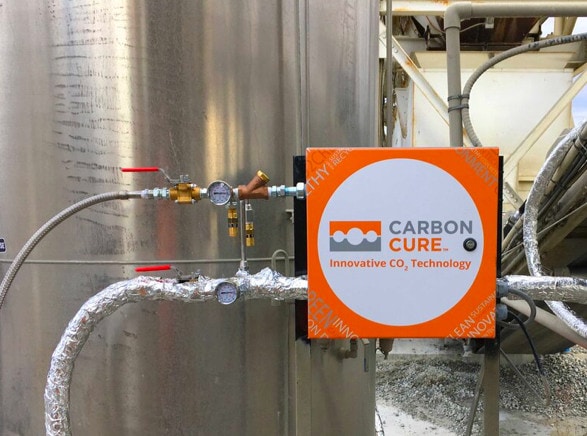
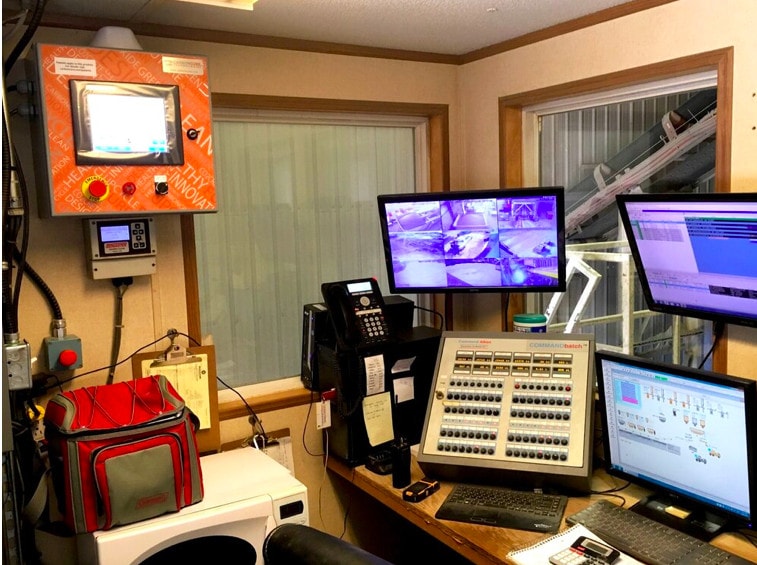
“You know exactly how much CO2 is being injected into each amount of concrete,” says Mitchel Selby, Program Manager for Shopify’s Sustainability Fund, “That's a huge leg up for CarbonCure’s solution over other solutions, which have a much more difficult time with MRV.”
CarbonCure’s Reliable Reporting
- CarbonCure’s carbon removal technologies trace every molecule of CO2 from capture to storage.
- We use the same built-in reporting system for our concrete producer partners to produce Environmental Product Declarations, so there’s no need to develop a new system for carbon credits.
- Buyers receive a conveyance certificate with time-stamped logs for each credit along with the number of concrete structures contributed to through their purchase.
- Additional reports provide the specific meta-data for each carbon credit, providing a transparent view of the specific projects and their co-benefits.
- All data is stored in a database on our secure AWS server which has an immutable and auditable log of every data entry and credit transaction.
“Strengthening confidence in carbon markets is critically important to scale climate solutions. When our carbon credit buyers dig into our reports, they are blown away by the level of precision and traceability we offer. We are able to track the CO2 from where it was captured to the exact moment the concrete was poured for the building project where it’s permanently stored. Altogether this information also tells a relatable story about how our partnership is having real impact in local communities,”
says Rob Niven, CEO, CarbonCure.

CarbonCure’s Triple Verification
- Internal audits cross-check CarbonCure’s data with that from our concrete producers. If there are any discrepancies in a batch of concrete, no carbon credits are generated.
- Verra has validated our methodology for measuring carbon removal, and we have begun selling Verified Carbon Units (VCUs) for delivery pending final project approval.
- We provide access to our reports and make all the metadata available to carbon credit buyers and auditors for independent, third-party verification.
“We invite carbon credit buyers or their third-party auditors to examine our data to conduct their own due diligence,” says Rahul Misra, Director of Carbon Finance Operations at CarbonCure.
CarbonCure’s 10-Year Overnight Success
While CarbonCure’s high-quality MRV may be new to many, our “overnight” success is 10 years in the making.
As we developed our carbon removal solution, we built measurement and reporting into our product and service offerings to concrete producers and have honed our reporting over the years. We introduced a complete life-cycle analysis to enable concrete plants to provide Environmental Product Descriptions for each mix they create. The verification process can also take years to complete. We began our journey with Verra in 2018 and, after a rigorous scientific third-party review, our methodology for removing carbon was verified in 2022.
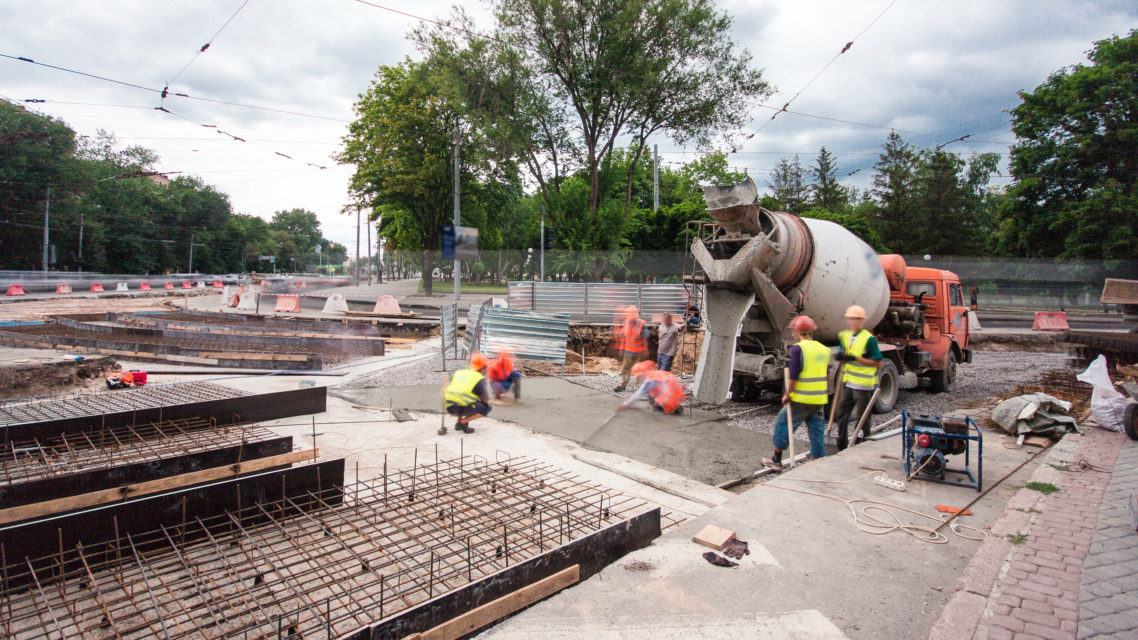
Tangible Carbon Removal with Potential to Scale Worldwide
So far, CarbonCure has enabled hundreds of concrete partners around the world to produce lower carbon concrete. Producing a useful product like concrete as a means of carbon removal has another important benefit, according to Shopify: it’s tangible.
“With CarbonCure it’s easy for buyers of credits and buyers of concrete to understand what is physically taking place in a community and see it with their own eyes,” says Stacy. As more concrete buyers become aware they can build their facility with CarbonCure concrete, demand will increase, she says. “It will be a nice flywheel effect that our initial purchase of carbon credits has started.” One we all hope will have a tangible impact in the fight against climate change.
Get in Touch
For more information about CarbonCure Carbon Credits, visit carboncure.com/carbon-removal or email carbonremoval@carboncure.com.

